Crafting a Weekly Paleo Recipe Meal Prep Plan for Busy Lifestyles
In today’s fast-paced world, maintaining a healthy diet can be challenging, especially for those embracing a Paleo lifestyle. Crafting a weekly paleo recipe meal prep plan not only helps you stay organized but also ensures you have delicious, nutritious meals ready to go. Here’s how you can set up an efficient meal prep system that fits seamlessly into your busy life.
Understanding the Paleo Diet
Before diving into meal prep, it’s essential to grasp the fundamentals of the Paleo diet. This nutrition plan focuses on whole foods that our ancestors would have eaten. Think of lean meats, vegetables, fruits, nuts, and seeds. Avoid processed foods, grains, legumes, and dairy. Keeping this in mind will guide your meal prep choices.
Step 1: Plan Your Menu
The first step in meal prepping is planning a menu for the week. Consider these strategies:
- Balance Variety and Simplicity: Aim for a variety of proteins, vegetables, and healthy fats throughout the week. Simple recipes make prep easier.
- Seasonal Ingredients: Choose vegetables and fruits that are in season. Not only are they cheaper, but they also taste better.
- Batch Cooking: Pick recipes that allow you to prepare large quantities at once, like soups or casseroles.
Step 2: Make a Shopping List
Once your menu is set, it’s time to create a shopping list. Here are tips to consider:
- Check Your Pantry: Before heading out, see what ingredients you already have on hand. This helps reduce waste.
- Organize by Category: Break your list down into categories like proteins, vegetables, and snacks. This organization makes shopping quicker.
- Stick to Whole Foods: Focus on fresh and unprocessed options to meet Paleo guidelines.
Step 3: Prepare Your Meals
Meal preparation is where the magic happens! Allocate a few hours on the weekend or a day off to prep your meals. Here’s how:
- Cook Proteins in Bulk: Grill, bake, or roast chicken, beef, or fish. Having cooked proteins ready saves significant time during the week.
- Chop Vegetables: Slice and dice all your vegetables. Store them in airtight containers in the fridge for easy access.
- Make Sauces and Dressings: Whip up tasty sauces or dressings from healthy fats like olive oil or avocado oil. This adds flavor without compromising Paleo principles.
Step 4: Store Meals Wisely
The way you store your meals can impact their freshness. Consider these tips:
- Use Glass Containers: They’re durable, microwavable, and help keep food fresh.
- Label Everything: Use labels with the date and meal description. This ensures you use older meals first.
- Freeze Portions: If you’ve made extra, consider freezing them for future busy days.
Step 5: Keep it Interesting
To avoid meal prep burnout, switch things up every week. Here are ideas to keep your palate engaged:
- Explore New Recipes: Discover new recipes online or in Paleo cookbooks.
- Change Cooking Methods: Try grilling one week, then roasting the next for added flavor.
- Create Theme Nights: Designate specific meals for certain nights, like Taco Tuesdays with lettuce wraps.
Combining these steps, you’ll create an effective weekly Paleo recipe meal prep plan that caters to your busy lifestyle. With a bit of planning and creativity, maintaining your commitment to healthy eating can be enjoyable and stress-free. Remember, the ultimate goal is to nourish your body and enjoy the process of preparing wholesome meals.
By implementing these strategies, you can not only simplify your week but also enhance your health with the rich, diverse flavors of the Paleo diet. Get ready to enjoy delicious meals that support your wellness journey!
Top Tips for Storing and Reheating Paleo Meal Prep Dishes
Meal prepping can be a game-changer for those following a paleo lifestyle. Not only does it save time during the week, but it also ensures you have nutritious, delicious meals ready to go. However, storing and reheating your paleo meal prep dishes properly is key to maintaining their freshness and flavor. Here are some top tips to help you store and reheat your paleo meals effectively.
Choose the Right Containers
Using the right containers is essential for storing your meals. Opt for airtight containers made from glass or BPA-free plastic. These materials help keep your meals fresh longer and won’t leach harmful chemicals. Here are a few different types to consider:
- Glass Containers: Ideal for reheating in the oven or microwave. They are also easy to clean and more environmentally friendly.
- BPA-Free Plastic Containers: Lightweight and generally less fragile than glass. Great for on-the-go meals.
- Meal Prep Bento Boxes: These are divided containers that allow you to separate different components of your meal, which can help keep flavors distinct.
Label Your Meals
Labeling is a must for anyone doing meal prep. Use masking tape or labels to write the contents and the date you prepared each dish. This practice helps you easily identify what’s in each container and ensures you use your meals while they’re still fresh. If you’re using a variety of seasonings or sauces, you can also note those on the label to remember what flavors you’ve chosen.
Store Meals in the Right Place
Knowing where to store your paleo meal prep dishes is crucial. Keep these meals in the fridge if you plan to eat them within a few days. For those you won’t consume within that timeframe, place them in the freezer. Freezing locks in freshness and prevents spoilage. Remember these tips when storing meals:
- Refrigerator: Store meals that will be consumed within 3-4 days.
- Freezer: Most cooked meals last around 2-3 months, but check specific ingredients for individual shelf lives.
Reheating Techniques
When it comes to enjoying your paleo meals, reheating them correctly makes all the difference in taste and texture. Here are some effective methods for reheating your dishes:
- Microwave: Quick and easy, but be mindful of overheating, which can lead to rubbery textures. Cover your food to retain moisture.
- Oven: Perfect for casseroles and baked dishes. Preheat your oven to 350°F (175°C) and reheat until warmed through.
- Stovetop: Use a skillet for veggies or meats. Add a splash of water or broth to keep them moist, and stir occasionally.
- Slow Cooker: If you have time, using a slow cooker can gently reheat meals, allowing flavors to meld wonderfully.
Avoiding Common Mistakes
Getting the most out of your paleo meal prep relies on avoiding common mistakes when storing and reheating meals. Here are some pitfalls to avoid:
- Not Cooling Food Before Storing: Allow your meals to cool completely before sealing them in containers. This prevents condensation and keeps food fresher.
- Overfilling Containers: Leave some space at the top of containers to allow for expansion, especially with foods that contain liquids.
- Ignoring Leftovers: Consume or freeze leftovers promptly, ideally within a week. Food safety is key to enjoying your meal prep experience.
Enjoying Your Paleo Meal Prep
With the right strategies for storing and reheating, your paleo meal prep can be a hassle-free part of your routine. By choosing the right containers, labeling clearly, and using proper reheating techniques, you’ll find that eating healthy is much easier than you might have thought. Remember, the goal is to enjoy your meals while sticking to your paleo diet, so take the time to store and reheat them properly!
Conclusion
Creating a weekly paleo recipe meal prep plan is an efficient and enjoyable way to maintain a healthy lifestyle, especially for those with busy schedules. By dedicating a few hours each week to plan your meals, you can simplify your daily routine and ensure you always have nutritious options on hand. With diverse recipes that adhere to paleo principles, you’ll not only save time but also enjoy delicious, wholesome food that fuels your body.
To maximize the benefits of meal prep, it’s crucial to know the best techniques for storing and reheating your dishes. Using airtight containers helps preserve the freshness of your meals, while proper stacking in your fridge ensures easy access without the risk of spoilage. When it comes to reheating, consider utilizing methods that maintain the quality of the food, such as stovetop or oven heating, which can enhance flavors and textures compared to microwaving.
By integrating these practices into your routine, you can effortlessly balance nutrition with your busy lifestyle. The satisfaction of enjoying meals made from whole, unprocessed ingredients will empower you to stick to your paleo plan, support your health goals, and make your culinary adventure both enjoyable and sustainable. Embrace the paleo meal prep journey today, and unleash the potential of delicious, nutritious eating while saving yourself precious time throughout the week. Happy prepping!
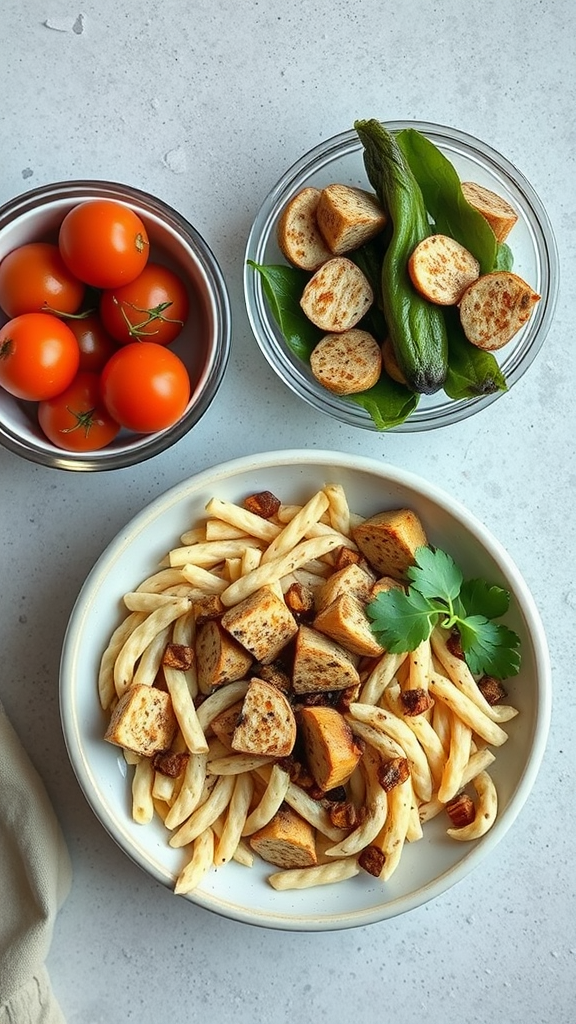
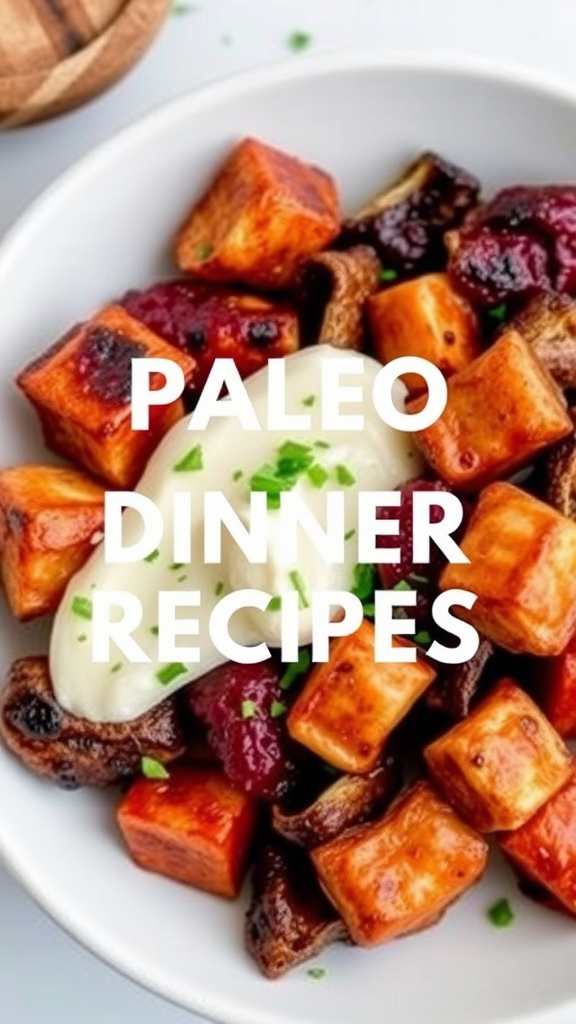
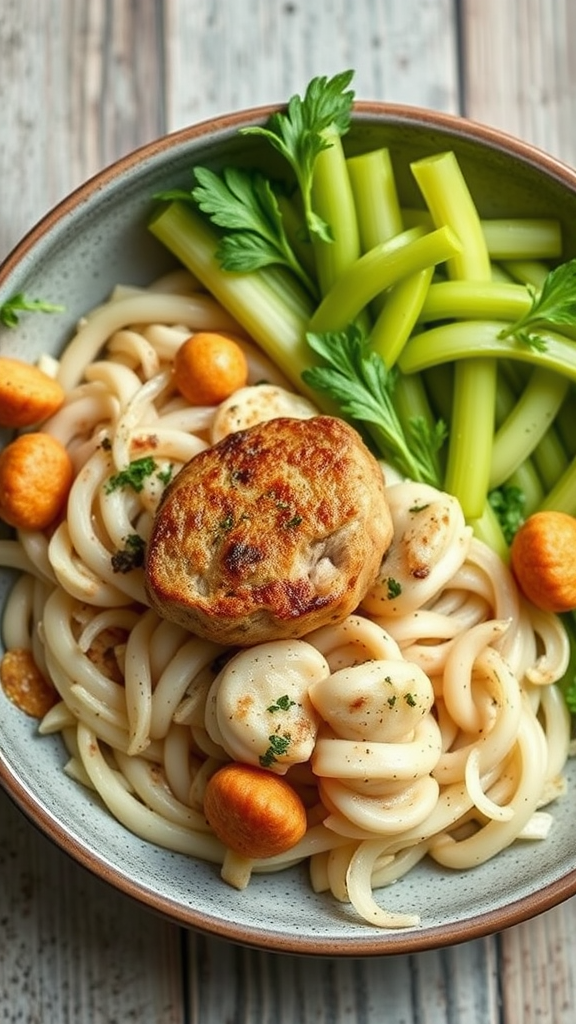
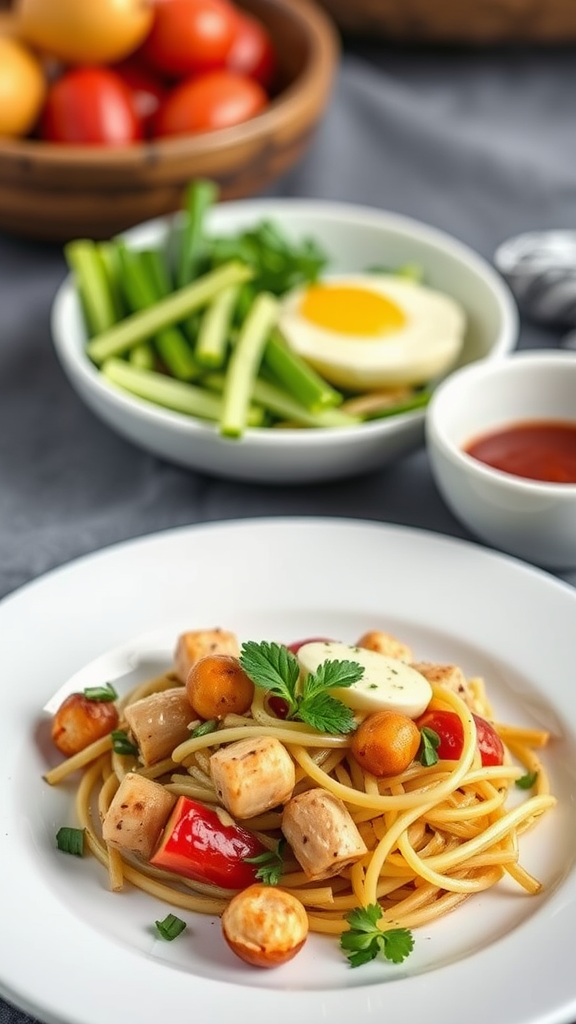
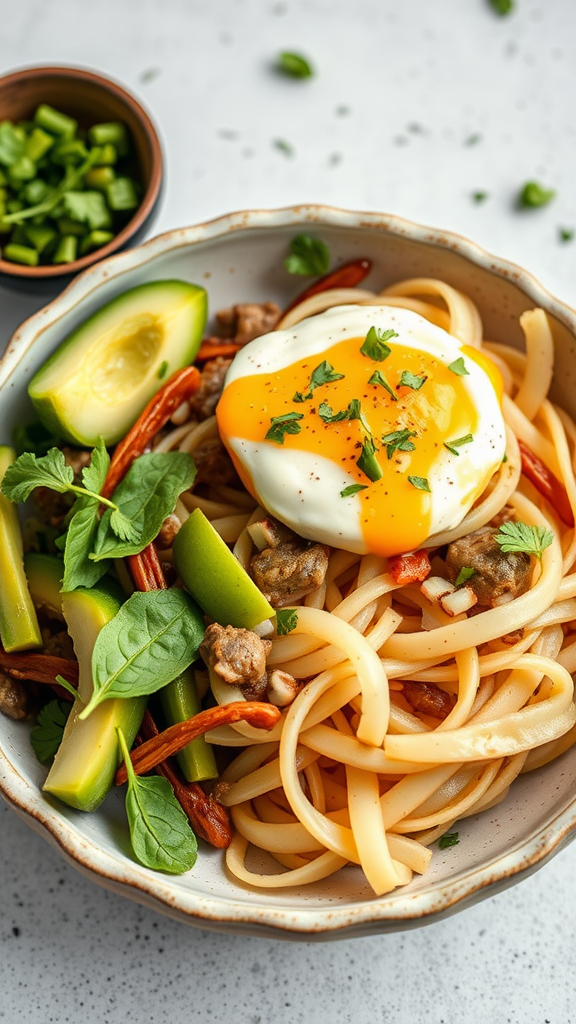
Leave a Reply